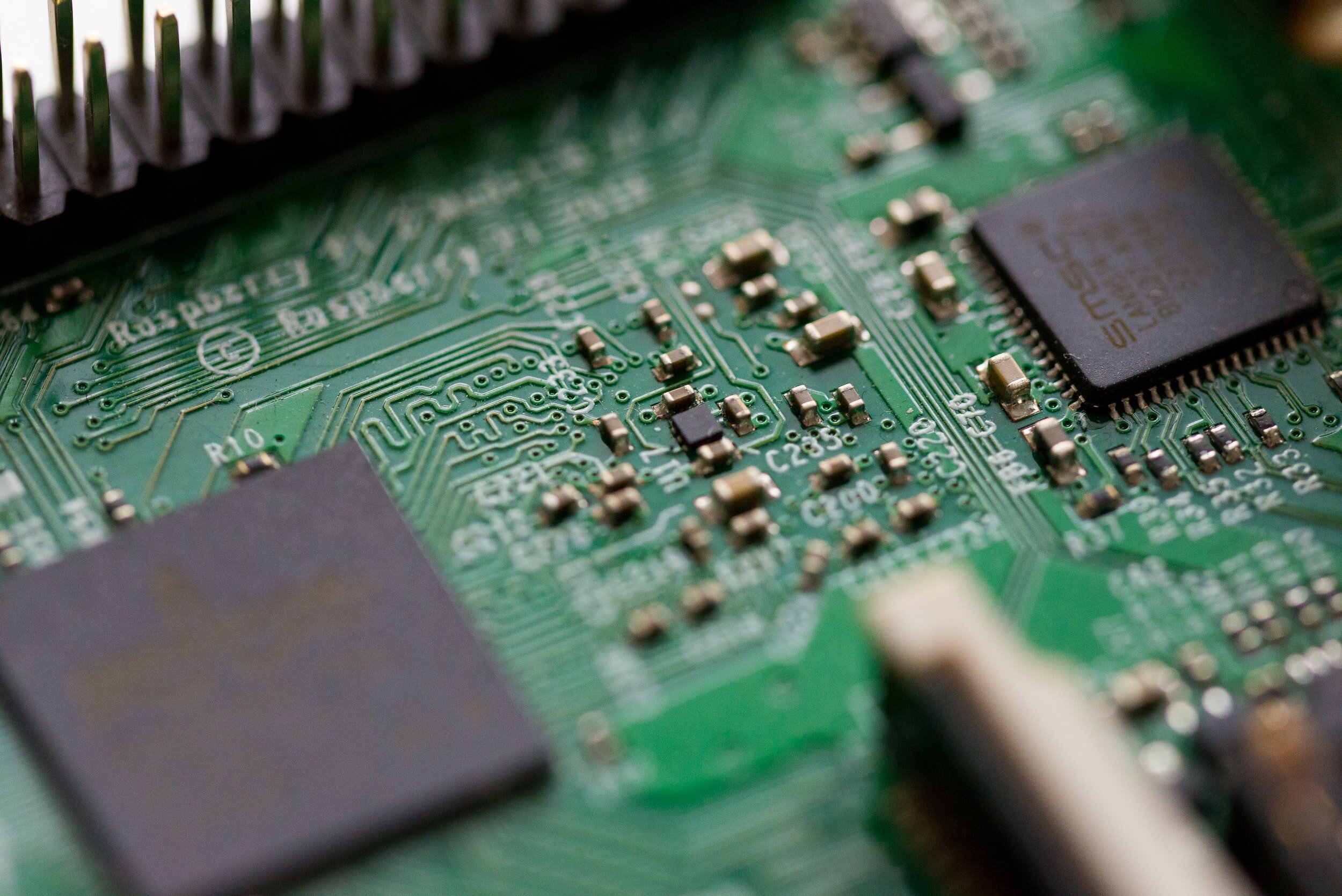What is a Circular Economy?
Circular economies could be one of the main solutions to climate change. What makes this economic structure different from the others?
By Hung Phan
What is a circular economy, you may ask? Put simply, it’s an alternative method of carrying out economic activities, but with one major difference: there is no waste created. This concept was introduced in the Save Our Seas 2.0 Act. In our current economy, we extract natural resources and turn them into products. We then consume the item, and throw it away. This is called a linear economy, as this process creates a large amount of waste. In contrast, a circular economy aims to reduce the amount of materials used in production, uses less material and energy, and create a closed loop where anything that’s left over after consumption is then used again.
The seven pillars of a circular economy
There are some key points that form the basis of a circular economy. The first is that materials are cycled at their highest value state in the economy. The circular economy will continuously reuse leftover materials for future production processes. Natural resource extraction will be minimised, as we don’t have to continually replenish our stores. This is important for more scarce resources, as recycling costs less than mining and reduces our dependence on this environmentally unsustainable activity. An example is extracting metals such as gold, silver, aluminium, and copper from e-wastes and using them to produce products such as wires and medals for sporting events.
The second pillar is that energy comes from renewable sources. The emphasis is the switch towards renewable energy sources and gradually minimise the importance of fossil fuels. These sources can be tidal, hydropower, wind, or solar. In addition to using renewable energies, we also focus on creating a highly efficient national grid and reducing the need for transporting energy across large geographical areas. In other words, we try to localise energy production to the surrounding areas, resulting in an efficient system without compromising system performance.
Thirdly, water is used sustainably and the recovery rate is maximised. Water is the single most important resource that affects almost all aspects of human life. Therefore, in the circular economy, clean fresh water is the most important resource to preserve. We minimise usage of fresh water in production processes and cycle water at an infinite rate. Protecting watersheds from pollution is also important because, not only do we rely on them, animals and their habitats also need them to survive.
Biodiversity, the fourth pillar, is supported via institutions. Biodiversity is extremely important to the global environment, and especially for rarer habitats. Preventing deterioration of the global ecosystem helps to slow the process of climate change. Strengthening biodiversity is crucial in building a resilient biosphere.
The belief that health and well-being of humans and other species is structurally supported within a circular economy is the fifth pillar. This highlights the importance of keeping toxic waste within a closed loop to prevent leakage into the natural environment and residential areas. There have been numerous toxic chemicals spills that resulted in direct losses of lives and habitats and have incurred long-term costs and damages. The two most infamous incidents were the Chernobyl and Fukushima nuclear disasters in 1986 and 2011, respectively. The effects are still felt to the present day.
Sixth, society and culture are highly valued in a circular economy. When we uphold local cultures and work to create a stable society, governance and management tools can be put in place that sustain a circular economy structure. Societal and cultural instability do not allow for circular economies. These structures ensure the local population’s interests and needs are fulfilled.
Finally, human activities generate values beyond just financial gains. Given the limited resources we have, trying to maximize value (monetary and nonmonetary) is the best use of these resources. Examples of non-monetary values could be cultural, ecological, aesthetic, or emotional.
With this brief introduction to the circular economy, it’s clear why this model is desirable as it can tackle the core environmental problems we currently face. Though it’s uncertain when and how we can fully implement a circular economy, around the world, we can clearly see efforts of governments and NGOs trying to put these features into place. We can work together to better our world with our collective effort.
Join us at one of our litter cleanups as a volunteer or support our efforts by becoming a monthly donor!


















